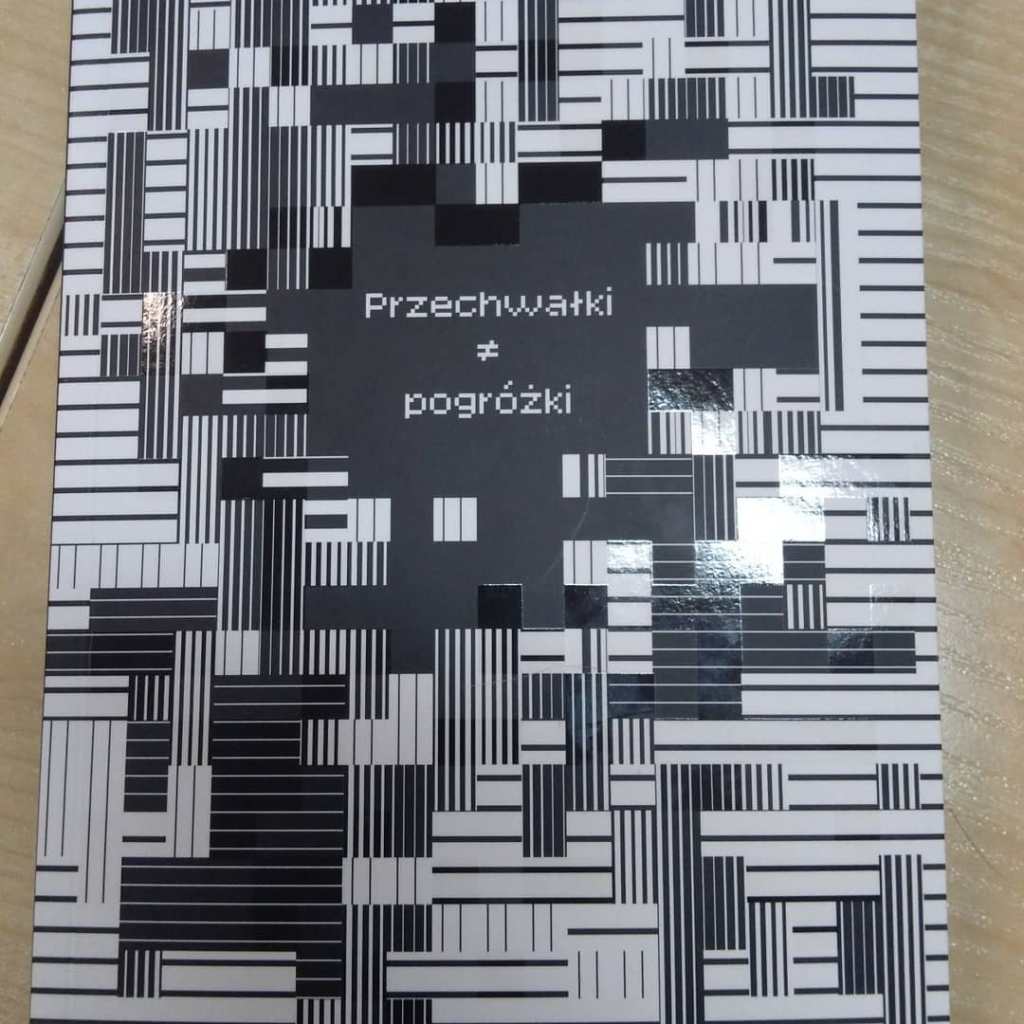Peter Grzybowski
-
13th International Performance Art Festival Interakcje (Piotrkow Trybunalski + Warsaw / Bielsko-Biala / Krakow)
Agnieszka Miłogrodzka, Allison Fall, Antoni Karwowski, Arti Grabowski, Artur Piegza, Artur Tajber, BBB Johannes Deimling, Beate Linne, Gim Gwang Cheol, Giovanni Fontana, Herma Auguste Wittstock, Hubert Wińczyk, Interakcje, Istvan Kantor, Jacek Dąbrowski, Jacques van Poppel, Jason Lim, Jeff Huckleberry, Ko Z, Krzysztof Kaczmar, Luis Probala, Malgorzata Butterwick, Mannet Villariba, Marcel Sparmann, Martyna Wolna, Małgorzata Michałowska, Mehdi Farajpour, Michalina Rolnik, Michelle Rhéaume, Moe Satt, Monika Szydłowska, Natalia Sekuła, NON GRATA, Pancho Lopez, performance art, Peter Grzybowski, Piotrków Trybunalski, Przemysław Branas, Przemysław Kwiek, Ramón Churruca, Restauracja Europa, Roi Vaara, Ronaldo Ruiz, Ryszard Piegza, Søren Dahlgaard, Stelarc
